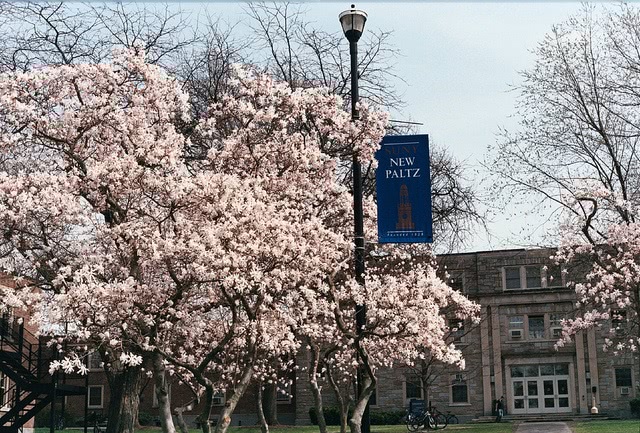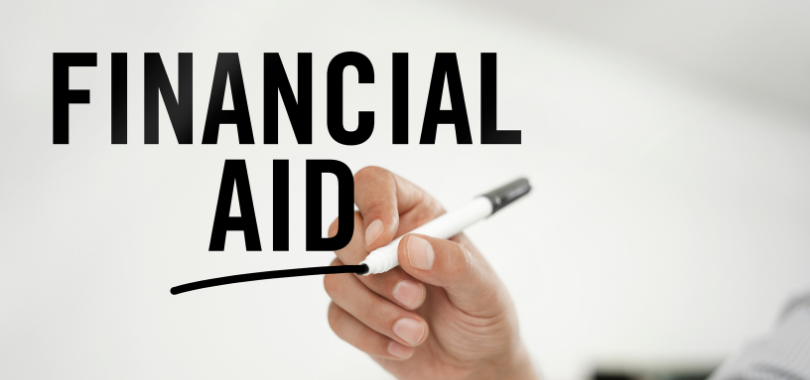There are several different types of financial aid for college. Some of these are free, while others need to be paid back with interest. Scholarships, grants, and work study are the three main financial aid types that don’t need to be paid back. Loans are the main type of financial aid that needs to be paid back. Most students use a combination of both types of college financial aid to help cover their expenses.
As a rule, it’s always a good idea to look for free financial aid first. Here’s what you should know about the types of financial aid that don’t have to be paid back.
Grants:
Grants are a free type of financial aid main offered by the federal government, state or local governments, universities, and career colleges. A few private or nonprofit organizations also offer grants.
Most grants are awarded to students based on financial need. To apply for these grants, you’ll need to submit income and other financial documents to prove need. A small number of grants are awarded based on factors such as field of study, ethnicity or military affiliation.
The most common well-known grants established by the federal government include:
- Federal Pell Grants
- Federal Supplemental Educational Opportunity Grants (FSEOG)
- Teacher Education Assistance for College and Higher Education (TEACH) Grants
- Iraq and Afghanistan Service Grants
Each of the grants has its own specific eligibility criteria and documentation requirements. But they all have the same application form – the FAFSA (Free Application for Federal Student Aid). You have to submit the FAFSA before the deadline to be considered for any type of Federal grant.
Once you submit the FAFSA, your college financial aid office will determine your eligibility for grants based on the financial details entered in your application. They will then let you know how much you’re eligible to receive and when you can expect it.
You will need to submit the FAFSA every year that you’re in college in order to receive grants every academic year. Your eligibility may be different every year depending on any changes in your financial circumstances.
Some grants require recipients to meet certain set rules and obligations to keep the award. If you fail to meet this requirement, the grant gets converted into a loan, and you’ll have to repay it. For example, this may happen if you withdraw early from the program for which the grant was given to you. If you switch from full-time enrollment to part-time, your grant amount will be reduced.
Another example is if you’re a recipient of the Federal TEACH Grant. If you receive a TEACH Grant, you are required to teach full time in a high-need field for four years. If you fail to do so, the grant will be converted into a loan, and you’ll have to pay it back.
Scholarships:
Scholarships are another common type of college financial aid that doesn’t need to be paid back. They are awarded by educational institutions as well as several nonprofit and private organizations. There are as many types of scholarships as there are organizations funding them. Every organization sets their own eligibility criteria, award amounts, maintenance requirements, and submission deadline. Some are one-time awards while others are recurring awards.
Although scholarship awards are essentially free money, you have to put in some amount of work to earn the reward. For example, a large number of scholarships are based on academic merit, athletic accomplishment, exceptional talent in a particular field, or community service. You’re eligible for these scholarships only if you’ve already put in the work and have achieved some recognition in a relevant area.
Scholarships are not limited to merit only: College financial aid
There are also scholarships available for students belonging to a particular demographic such as cultural background, religion, or sexual orientation. Some colleges and universities also offer scholarships. These are reserved for students of their institution only.
There is no one fixed way to apply to all scholarships. Every scholarship has its own application guidelines and deadlines. You’ll have to check each funding organization’s website individually to determine how to apply for their scholarship. Read the submission details carefully and make sure not to overlook anything, especially the deadline. Organizations generally reject all applications that arrive after the deadline. Even if you are the most deserving applicant, you’ll lose out on the award if miss the submission deadline.
The best part about scholarships is that you can apply to as many as you want to. The only limiting factor is the eligibility requirements. Better still, there’s no limit to the amount of award money you can receive in a year. It’s worth spending some time researching scholarships and submitting applications to those whose requirements you meet. This free money can be of huge help in making the total cost of college more affordable.
Although the internet is the best place to start your search for scholarships, it isn’t the only place. You should also ask at the financial aid office at your school or your state or ask your high school advisor. Other sources worth checking include your parents’ employers, community notice board, local newspapers, and ethnicity-based organizations.
Work-study:
The federal work study program is designed to help students earn money to cover their college expenses. It is offered to students with demonstrated financial need. As this is part of the federal government initiative, you need to submit the FAFSA to apply for work-study. The total work-study award will be based on the information on the FAFSA.
Students who are granted work-study can work a set number of hours in an eligible part-time position during the academic semester. Most work-study jobs are campus-based, and some are even directly related to the student’s field of study. All work-study jobs pay at least the current federal minimum wage, although a few pay higher rates. Your exact rate depends on the type of work you’re hired to do, and the level of skill required for the position.
If you’ve exhausted all free types of financial aid, you’ll have to take student loans to make up the shortfall. There are two types of loans available for college students – federal and private student loans. Federal student loans are the better option. They have lower interest rates and more flexible repayment options. Private student loans are more expensive and should always be your last recourse when looking for college financial aid.







